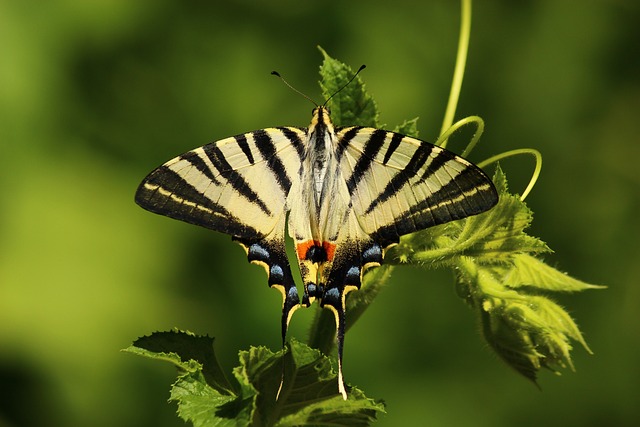Explore the intricate tapestry of animal life that inhabits our planet. This article delves into the varied ecosystems where these creatures thrive, highlighting their pivotal role in maintaining ecological harmony and contributing to global biodiversity. We will also examine the conservation challenges faced by wildlife today, emphasizing the urgency of protecting our natural world for future generations. Join us as we shed light on the significance of animals within Earth’s delicate balance.
The Diverse Ecosystems of Animal Life: An Overview
Animals form the backbone of Earth’s biodiversity, inhabiting a myriad of ecosystems that span across the globe. From the dense rainforests teeming with vibrant fauna to the arid deserts with their resilient denizens, each habitat offers a unique set of conditions that shape the evolution and behavior of its inhabitants. The ocean’s vast expanse supports one of the most diverse ecosystems, with marine animals adapted to extreme pressures, darkness, and scarcity of resources. Freshwater systems host a different array of life, from tiny plankton to the elusive river dolphins. Terrestrial biomes, including grasslands, mountains, and tundras, each support a wide range of species with specialized survival strategies. Insects alone exhibit an astonishing diversity, playing pivotal roles in pollination, decomposition, and as a food source for other animals. As we delve into the intricacies of these ecosystems, it becomes evident that animals are integral to maintaining ecological balance and biodiversity on our planet. The interdependence of species within their environments underscores the importance of conservation efforts to protect these diverse ecosystems for future generations.
The Role of Animals in Ecosystem Balance and Biodiversity
Animals play a pivotal role in maintaining ecological balance and promoting biodiversity across various ecosystems. They are integral components of their respective habitats, performing specific functions that are essential for the health and sustainability of these environments. For instance, many animals act as pollinators, dispersal agents for seeds, and contribute to the decomposition process, which recycles nutrients back into the soil. Herbivores keep vegetation in check, preventing overgrowth that could lead to ecosystem imbalance, while predators help regulate prey populations to prevent resource depletion. These interactions within food webs are complex and intricate, each species contributing to the overall stability of its environment. Moreover, animals, from the tiniest insects to the largest whales, support genetic diversity, which is critical for adapting to changing conditions and ensuring the resilience of ecosystems. The loss of any animal species can have a cascading effect on an entire ecosystem, highlighting the interconnectedness of all living beings in the web of life. Conservation efforts are therefore crucial to protect these vital ecological roles played by animals, ensuring that biodiversity is preserved for future generations. By understanding and promoting the natural behaviors of animals, we can help maintain the delicate balance necessary for healthy ecosystems.
Conservation Efforts and Challenges Facing Wildlife Today
Globally, wildlife faces a myriad of threats that necessitate concerted conservation efforts. Habitat destruction, often due to urbanization and agricultural expansion, has led to a significant loss of natural spaces where animals thrive. Climate change further exacerbates these challenges by altering ecosystems and causing shifts in the availability of resources essential for animal survival. In response, conservation initiatives are being implemented across various ecosystems, aiming to protect habitats and preserve biodiversity. These efforts include the creation of protected areas, wildlife corridors that facilitate genetic exchange between populations, and reintroduction programs for species that have been displaced or endangered by human activities. Additionally, research and monitoring play a critical role in understanding animal behaviors, habitat requirements, and the impact of environmental changes on their well-being. By leveraging technology and data analysis, conservationists can develop targeted strategies to safeguard diverse animal species against the myriad challenges they face today. It is through these multifaceted approaches that we strive to ensure animals continue to inhabit our planet’s rich tapestry of ecosystems for generations to come.
